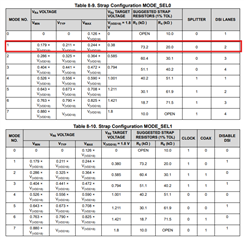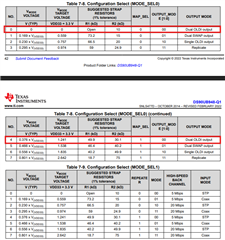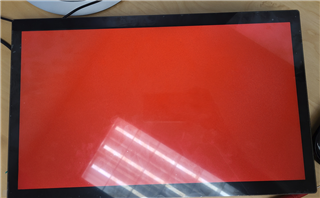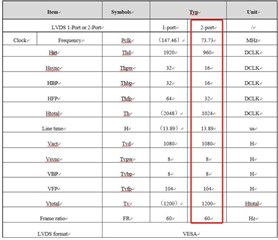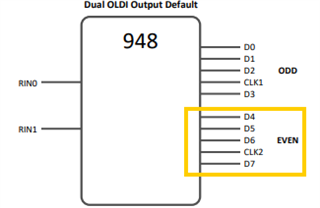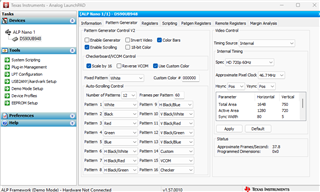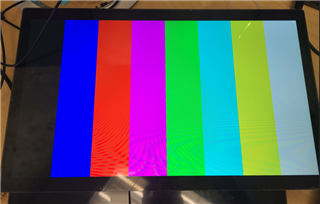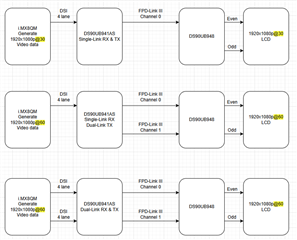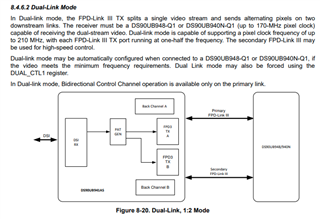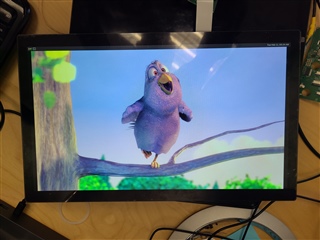Other Parts Discussed in Thread: ALP
Tool/software:
Hello,
I have the DS90UB941 serializer and a DS90UB948 deserializer. The LCD I have is 1920x1080, and the pixel clock required is 143MHz. I need to use the dual DSI inputs due to the pixel clock being higher than 105MHz. I still need to work out some bugs in my device tree, so I wanted to first test the LCD with the pattern generator. The 941 datasheet has example code for the Independent 2:2 Mode, but does not include any code for the Dual Mode, so I am unsure what all registers need to be changed.
Can you please provide the registers that I need to set for the pattern generator to work with the panel mentioned above? The timing details for the panel are as follows:
Pixel Clock: 143.28 MHz (60Hz)
Horizontal Display Area: 1920
Horizontal Front Porch: 24
Horizontal Back Porch: 70
HSYNC Total Period Time: 2048
Vertical Display Area: 1080
Vertical Front Porch: 16
Vertical Back Porch: 48
VSYNC Total Period Time: 1166
Thank you!


